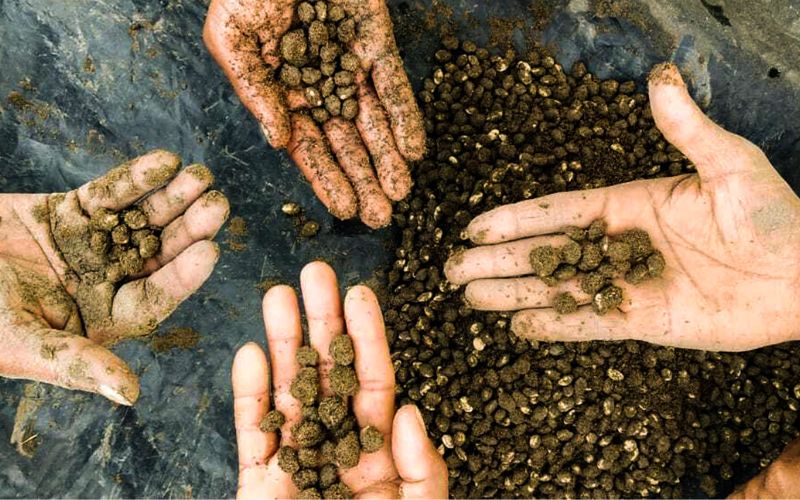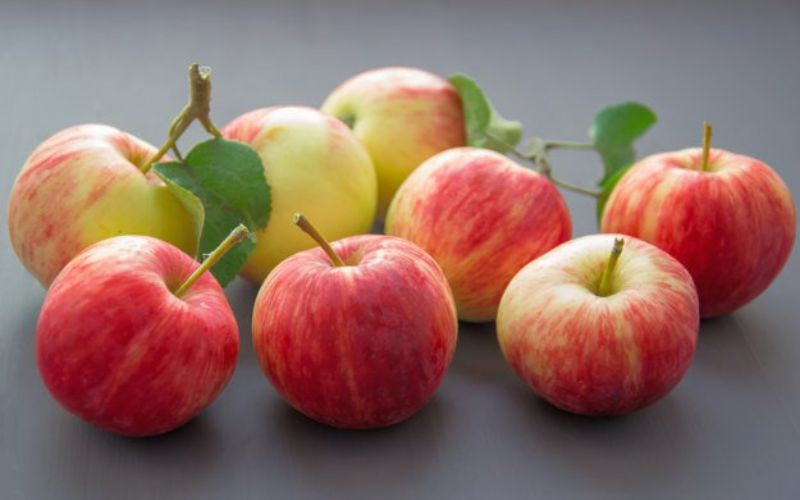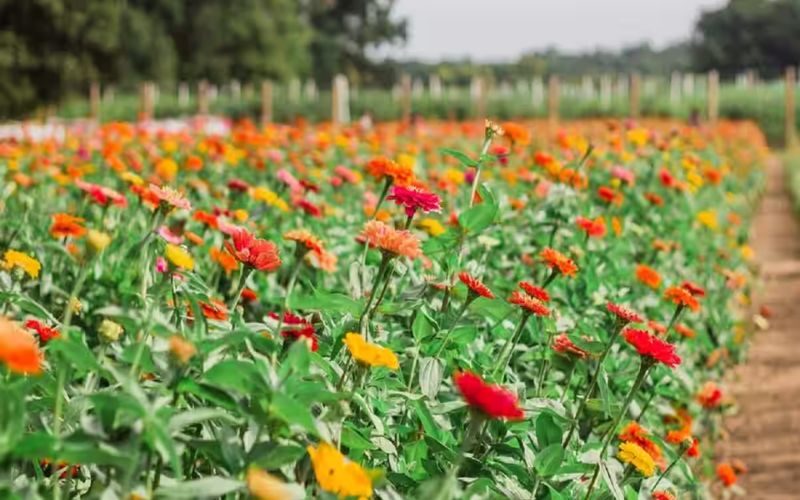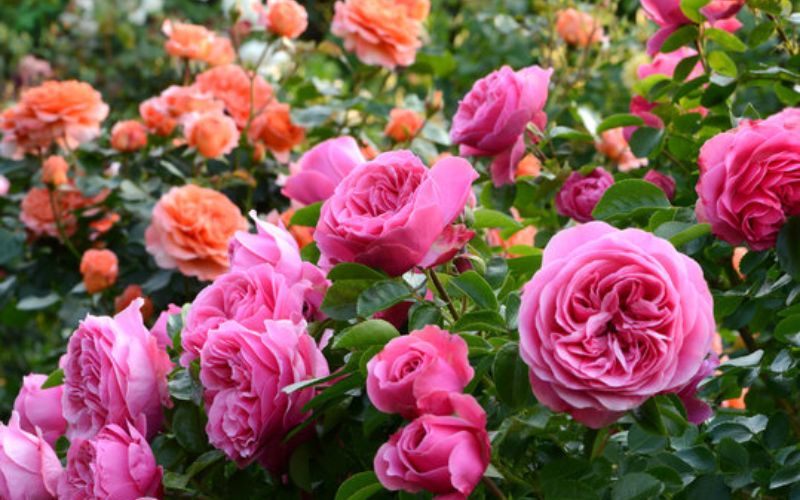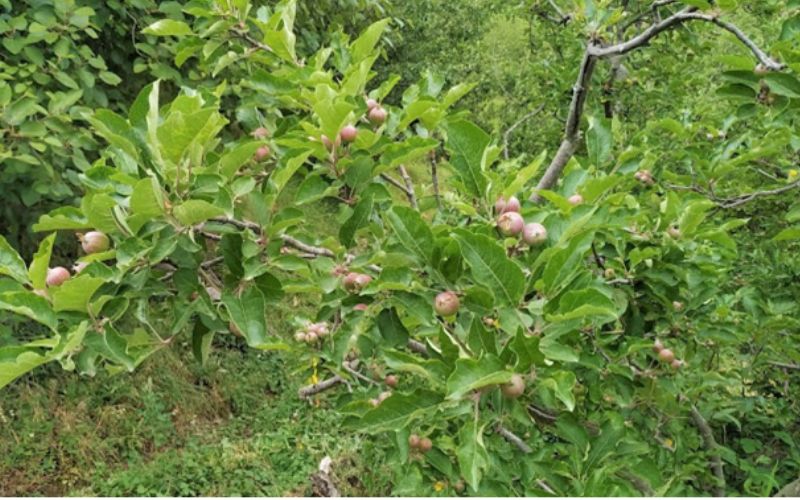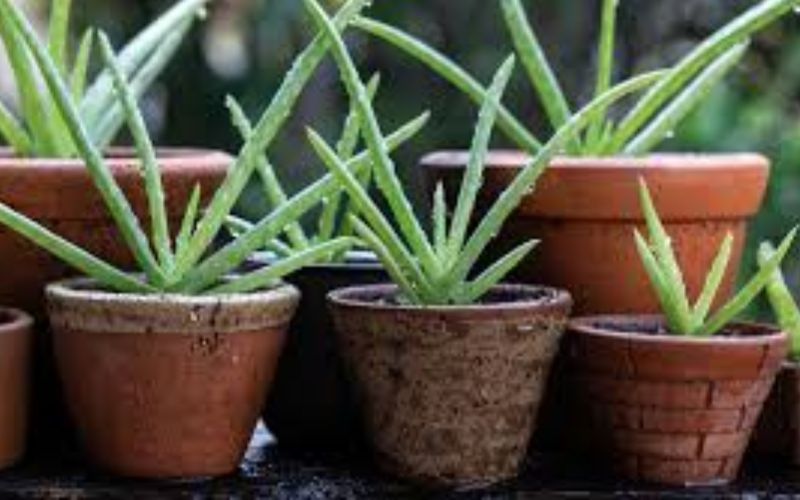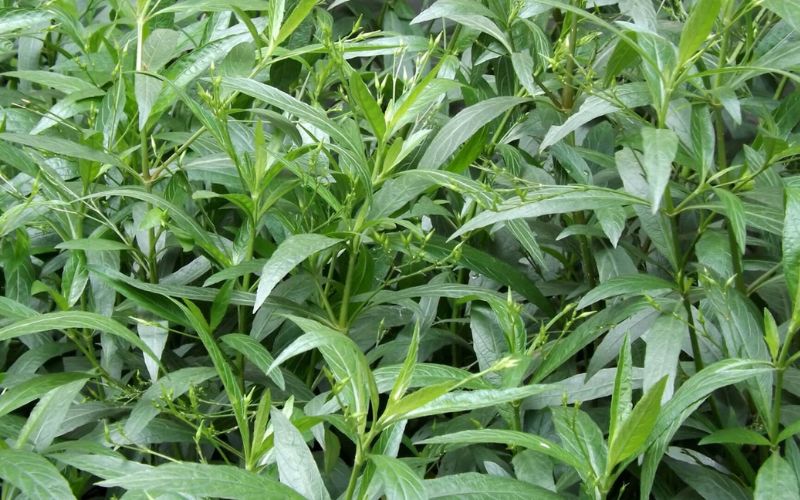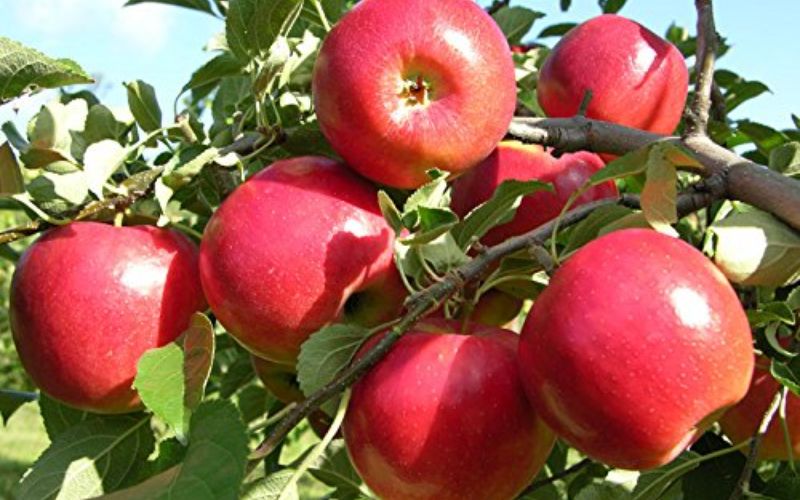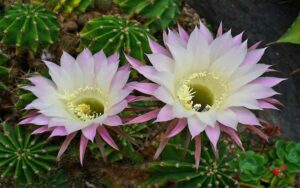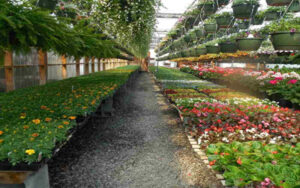Cactus: The Desert’s Miracle
Introduction
Cacti are those plants in the nursery that everyone want to buy. The shape of plant, size and different vibrant colors of flower attract the people. They are most popular among potted ornamentals and are in much demand among the plant lovers. These are unusual type of plants with unbelievable variations. Botanically these plants come in the family
Cactaceae
These plants should have following characteristics
1. Areoles or spines-cushions are invariably present.
2. All are perennial plants.
3. The fruit is one celled berry.
4. All belong to dicotyledons group.
5. The flower petals arise from the top of the ovary.
Importance and uses of cacti
 Not only cacti are famous for their resilient and forgiving nature, but there are also many Benefits of Cactus Plant in Home. Some people believe that cacti brings negative effects, but how only a single plant can spread negativity even if it has so many benefits like
Not only cacti are famous for their resilient and forgiving nature, but there are also many Benefits of Cactus Plant in Home. Some people believe that cacti brings negative effects, but how only a single plant can spread negativity even if it has so many benefits like
• Reduces stress and anxiety
• Purify the indoor air quality
• Lower down the ambient noises
• Highly adaptable nature
• Increase humidity
• Increase oxygen levels
Cacti are used as a,
• Pot plant
• Landscaping
• Protective border
• Terrariums
Various forms of cacti

Growing media for Cactus

Cacti are quite hardy and rather easy to cultivate; the success depends on the use of correct type of potting mixture. Cacti have shallow and delicate root systems that will not thrive in potting mediums that are overly dense. Cacti are also drought-tolerant and easily susceptible to root rot, meaning they won’t grow well in soil that is high in organic matter and holds excess moisture. Cactus soil mixes address all of these unique needs and are formulated specifically to help cacti do well when grown indoors. The ideal potting mixture for cacti is 2 part of garden soil, 2 part of coarse sand, 1 part of compost and 1 part of crushed brick and charcoal. Never use cocopeat because it will retain moisture for a longer time and cacti do not require water holding potting mix. Sometimes, Perlite is also used for better drainage and aeration. For some species, only sand and compost in the ration of 11 is sufficient for their growth.
Containers

Most of the cacti are planted in ordinary earthen pot. It should always be preferred than glazed pots and metallic or plastic containers, as these have more pore spaces for exchange of air. The pots should be cleaned or sterilized. The correct size of the pot should be used which is just large enough to hold the plant, as over-sized pots will hold more moisture which will be harmful for cacti growing in these pots. When plants grown in small pots become pot bound and stunted in growth.
Plastic containers are light in wight and for indoor, it is quite good option. For interior scaping, ceramic potted cactus increases the appearance.
Watering

In their natural habitat, the cacti are adapted to severe drought conditions. They are xerophytes in nature. In cultivation, correct watering is the most important single factor in the success of growing these plants. Over watering is more dangerous than under watering as the former practice may kill a plant while the latter may only hamper the proper growth. The frequency of irrigation and the amount of water needed depend upon the time of the year, type of cactus and type of potting mixture. In spring, summer and autumn, frequent watering is required during active vegetative phase. In rainy season, water is applied to each pot after drying of the medium. Generally, potted plants require more water than those planted in ground. Water application in early morning or late afternoon is more effective than noon time watering. Cacti go in dormant condition during winter. So, rest is essential to induce flowering and new growth in the next season. Thumb rule for watering is apply water when pot is completely dry and water should be come out from the drainage hole.
Sunlight

Cacti are generally hardy plants and can be grow in the full sun. High intense sun increases the spine length which will be dangerous while touching. Fully bright filtered sunlight increases the growth of plants which is faster than planted in fully sun and also spines will be shorten and soft. The sunlight is very important for the overall growth.
Staking

Most of the cacti do not need any staking as they can stand firmly on their own roots. But some of the tall columnar types may need some kind of staking. Painted split bamboo stakes are quite useful. In general, short stakes are used for making the plants look attractive.
Time and method of planting and potting
 Planting of cacti, either in ground or in pot, can be undertaken any time of the year by experts who know the precautions to be taken while plating. But new beginners are advised to do the planting or potting when growth starts slowly in the month of March or April.
Planting of cacti, either in ground or in pot, can be undertaken any time of the year by experts who know the precautions to be taken while plating. But new beginners are advised to do the planting or potting when growth starts slowly in the month of March or April.
One third of the pot at the bottom is filled with bold pieces of crocks with the concave face down to facilitate drainage. Then the potting mixture is filled, leaving a gap of about 2 cm on the top to facilitate watering. Cut all dead and infected roots before planting. Planting should be in center of the pot. Repotting should be done in every year. The large cacti are repotted in alternate year or once in 3 years.
While planting or repotting the spines should not be damaged, because once it damaged, they will never grow again. Since most of the cacti are spiny it is very difficult to handle the plants during these operations. Cactus growers are advised to wear rubber gloves and to use a table spoon while filling the compost.
Propagation
The pleasure you get from a cactus and the time it remains attractive depend on the way you care for it.
The propagation of cacti is done by seeds, cuttings, offsets, and grafting.
A. Propagation by seeds

This method takes a longer time to come to specimen size. For rapid multiplication nurserymen and master of cactus growing raise the plants from seeds. It takes one week or a month. Seeds are sown in shallow seed pans; mostly new otherwise clean and sterilized pans should be used. The smaller seeds are not covered while the larger ones should be covered with a fine layer of sand. Maintain humidity while germination process.
B. Offsets and cuttings

This is a most popular method for multiplication of cacti. The plants from which the cuttings are to be taken should not be watered for a few days to enable the plats to use up the excess of water. It reduces the chance of rotting. Cutting is taken with the help of sterilized sharp knife and the cut should be smooth and transverse. Deep planting should be always avoided. In tropical climate, it is better to keep the cuttings in semi shade till they root. It will be better if the cuttings are raised under glass or polythene cover. New growth emerging from the cuttings is the best indication of rooting, which may take 15 days to one month depending upon climatic conditions. After the cuttings have established well, these are shifted to pots or beds containing the usual compost. It is a useful method for rapid multiplication of rootstocks. Offsets and cuttings of cactus
C. Grafting
Grafting of cacti is a hobby in ornamental gardening because it is used to prepare several novelties in cactus. Grafting is generally done in the summer as the climate is dry that time and the possibility of rooting is less.
Grafting of cacti can be done by four methods, namely, (1) flat graft, (2) side graft, (3) cleft graft and (4) stat graft, according to the way the cut in the stock is made. The simplest method is the flat graft as the grafting of the inner vascular rings in each piece is relatively easy with a flat surface. The beginners may succeed in flat grafting of Euphorbia spp. which are less expensive and freely available. A convenient length (15-20 cm) of undamaged pieces of Euphorbia spp. may be cut and planted in a pot containing coarse sandy soil. The pot is kept in the shade and sparingly watered, until the cuttings produce roots. The rooted ones are transferred to individual 10 cm pots, filled with a cactus soil mixture. To overcome the shock of transplanting, the plants are allowed to grow for one week. The upper part of the stock is then trimmed with a knife to expose the inner contents. The milky latex that oozes out is allowed to dry and the cut surface is wiped with a clean, wet cloth. Select a scion based on the diameter of the rootstock. Cut the slightly lower portion of the scion then stick with the rootstock where cut is made. Bind with polythene sheets and after 30 to 45 days it will be joined. This grafting method is quite easy and successful than other due to sap flow within the rootstock and scion. Gymnocalycium mihanovichii friedrichii ‘Rubra’ and cv. ‘Multicolor’ can thrive only when grafted on a green rootstock. (Hylocerus spp.)

Grafting techniques
Problem with cacti
 Cacti are generally hardy plants which do not have any special diseases and pests. Overwatering is the main problem of cacti. Overwatered cacti look like shrinkage near stem base and yellowing or browning colour appears. After plant will completely die. Fix the irrigation schedule is the only solution for the rotting of stem. It is completely okay if plant is in underwatered condition but never do overwatering.
Cacti are generally hardy plants which do not have any special diseases and pests. Overwatering is the main problem of cacti. Overwatered cacti look like shrinkage near stem base and yellowing or browning colour appears. After plant will completely die. Fix the irrigation schedule is the only solution for the rotting of stem. It is completely okay if plant is in underwatered condition but never do overwatering.


